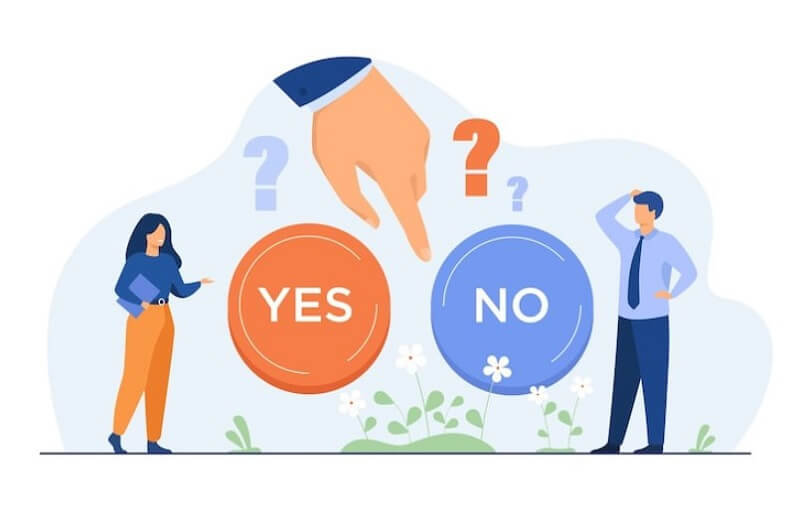Digital marketing has been the secret sauce behind a brand’s success in the recent past. Dedicated agencies have surfaced to help businesses make the most of this media. They play a crucial role in promoting their brand on a wide range of platforms and boosting their revenue seamlessly.
However, only hiring a digital marketing agency will do no good as they can still be inexperienced in this field, eventually leading to a loss that you will have to suffer. Companies like Adroit marketing bring their years of experience to the table and help you leverage their proven strategies.
Choosing an appropriate digital marketing agency for your brand is not a cakewalk. One has to dig deep into the numerous options available, analyze their offerings and then land on the perfect one that seems fit. Here are some top-notch things you must consider before hiring a digital marketing agency!
Pricing
First and foremost comes the part of analyzing their pricing. How much can you afford to spend on digital marketing consultants from your budget? The best way is to explore all other consultants to find out which agency suits the best with your budget.
One essential thing you must remember is that being cheap doesn’t mean it’s always good. Agencies that ask for a low price may need to gain the required skills or experience for you to get desired results. Thus, it would help if you were open to investing in a trusted agency to get exceptional results in the longer run.
Services Offered
Another essential factor to consider while choosing a digital marketing agency is its services. One of the most critical requirements of brands from digital marketing agencies is to build high-traffic websites. This is why you must dig deep into their SEO practices and learn how efficiently they boost your sales.
While these are relatively basics of digital marketing, identify other fields in which they specialize, including social media, email campaigns, etc. Weigh up these agencies and spot the perfect one that goes better with your budget and provides all the required services.
Experience
This is one of the essential things to consider when hiring a digital marketing firm. Learn how long they have been in the business, their experience, and if they can help you with your specific industry.

For a successful business, a digital marketing agency must take time to understand you and your company’s marketing needs. It is also implied that they might have a dedicated consultation session before you crack a deal. In this session, they will determine your weaknesses and strengths and give you their recommendations and prices.
References and Reviews
This critical step ensures that the agency you choose is worth your money. Look into their previous cases, success rates, and figures. Check out their reviews and references on their websites and social media accounts.
Ask previous customers about their work to determine their credibility if not available. By exploring their previous clientele and analyzing their track records, it becomes easy to shortlist the potential firms that can be good for your brand.
Client Approach
Apart from having work experience, the firm must have a good client approach and effective communication. Agencies like Adroit marketing are influential powerful touchpoints that help you streamline your requirements.
You are likely to work with such companies for a long time, so make sure the firm you choose is easy to communicate with and has the confidence to represent your business most effectively. You will do better for your business by going through the points mentioned above since they help boost your overall business ROI.

Ayesha completed her Doctor of Philosophy in Biochemistry and started her career as a College Lecturer in 2013. Today, she’s a happy mom of 2 Kids in the field of digital marketing. She loves reading books, spending time with her family, and making delicious food for her husband.













